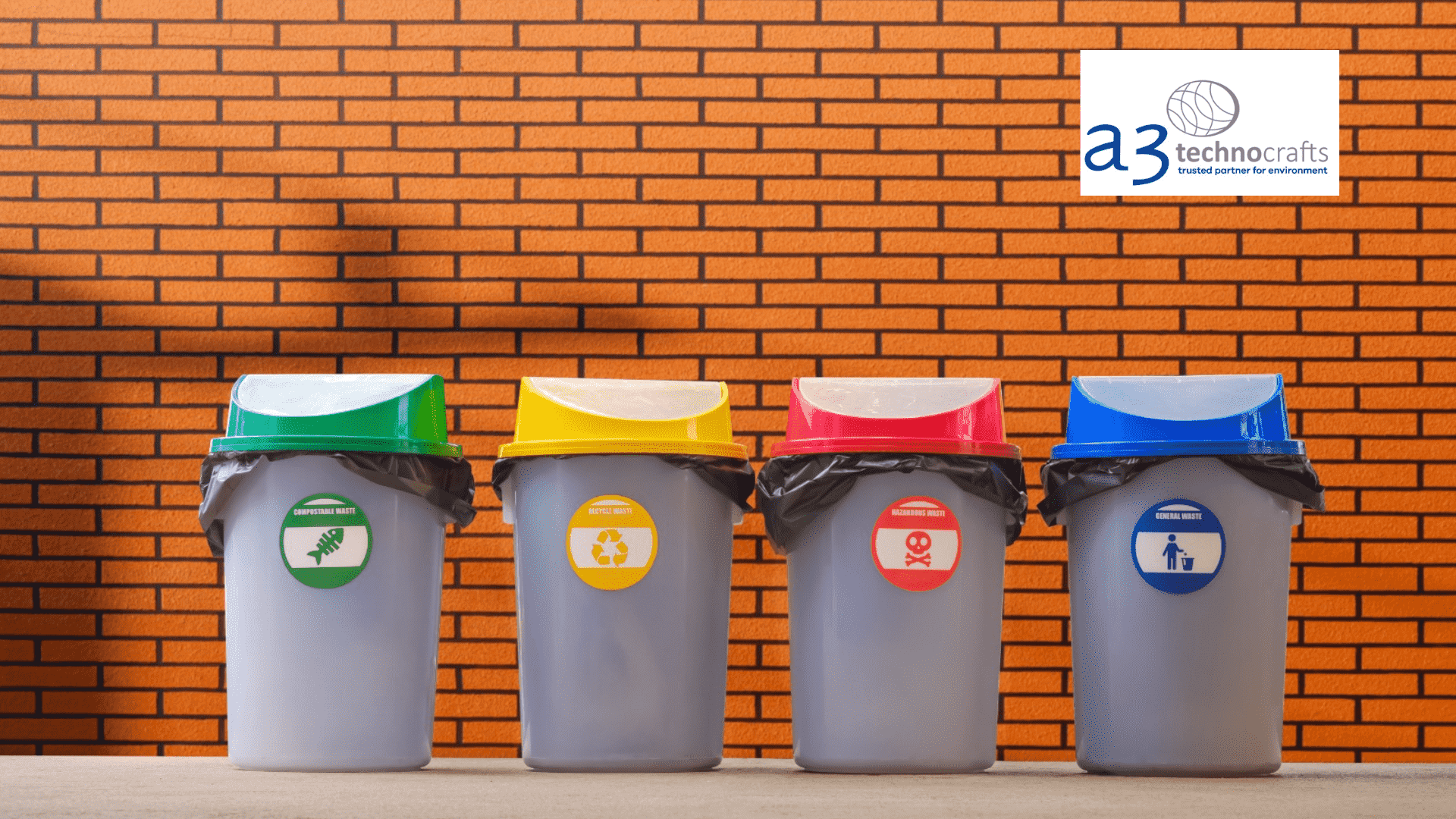As environmental concerns continue to escalate, organizations worldwide are seeking innovative solutions for effective Waste Management. Extended Producer Responsibility (EPR) has emerged as a crucial framework in this regard.
In this blog, we will discuss the concept of EPR and discuss its significance for companies and organizations.
Also we will further specify how A3 Technocrafts Pvt Ltd can assist companies in adopting and implementing EPR strategies.
What is Extended Producer Responsibility?
Extended Producer Responsibility (ESR) is an approach that assigns the responsibility for managing the environmental impact of a product throughout its life cycle to the producer.
This means that manufacturers, importers and distributors are legally obligated to manage their products’ waste, including proper collection, recycling and disposal. EPR encourages a shift from the traditional linear model of production and consumption to a more sustainable and circular economy.
Why is EPR beneficial for Companies?
For companies, embracing EPR brings numerous benefits:
-EPR helps them comply with environmental regulations and minimize legal risks.
-By taking responsibility for their products’ end-of-life management, companies demonstrate their commitment to sustainability, improving their brand image and reputation.
-EPR also incentivizes companies to design products with a focus on recyclability and reusability, reducing waste generation and resource depletion.
-EPR implementation can lead to cost savings through optimized waste management practices and increased efficiency in material recovery processes.
-Financial or physical stress related to recycling encourages producers to find innovative solutions and sustainable materials, reducing the overall environmental impact.
-By reducing the amount of material used in products and extending their lifespan, producers can decrease the costs associated with disposing of these products after use.
A3 Technocrafts Pvt Ltd: Pioneering Waste Management Solutions:
A3 Technocrafts Pvt Ltd has established itself as a leader in providing innovative Waste Management Solutions in India and various other countries. With our expertise in the field, we offer comprehensive EPR consultancy services to companies.
We assist organizations in developing tailored EPR strategies, including product design for recyclability, setting up collection networks, establishing recycling facilities, and ensuring compliance with local regulations.
We guide companies through the complexities of EPR implementation and help them achieve their waste management goals effectively.
EPR solutions for companies from A3 Technocrafts:
A3 Technocrafts provides end-to-end support to companies in their EPR journey. Our team of experts conducts thorough assessments to identify product-specific waste management challenges and design optimal solutions.
We guide companies in establishing efficient collection and recycling systems, forging collaborations with relevant stakeholders and tracking and reporting their EPR performance. We help them to streamline their waste management processes, enhance resource recovery rates, reduce environmental impact and ensure compliance with EPR regulations.
Conclusion
Extended Producer Responsibility is an indispensable framework for sustainable waste management, and A3 Technocrafts is at the forefront of offering comprehensive solutions to organizations. By partnering with A3 Technocrafts, companies can navigate the complexities of EPR implementation, bolster their environmental stewardship, and contribute to a greener future.



